Field notes from Madagascar – part 1
 Oct 26, 2016 • 2:15 AM UTC
Oct 26, 2016 • 2:15 AM UTC Madagascar
Madagascar 140x Magnification
140x Magnification Workshops and Events
Workshops and Events
Manu Prakash
I am a faculty at Stanford and run the Prakash Lab at Department of Bioengineering at Stanford University. Foldscope community is at the heart of our Frugal Science movement - and I can not tell you how proud I am of this community and grassroots movement. Find our work here: http://prakashlab.stanford.edu
266posts
1192comments
42locations

In this series of documents; I will share travel notes from recent foldscope workshops in Madagascar.
I am on my long journey back home from Madagascar. It takes almost 35 hours to get back home – not even counting the long road journey of 12 hours to get to the field station from the capital Tana. I am filled with hope, extreme excitement, and a sense of burden – all at the same time. I went looking for a island; and I found a continent. The light in people’s heart (always smiling – ready for a challenge) and the darkness of burden of infectious diseases provides a contrast I have never seen before.
On one side I watched almost al of the country in flames; with slash and burn farming practice. Forests burned to the ground. On the other hand – I found myself in lush green rainforests where I could not see the sky because the forest cover was so dense, moths so big I had to rub my eyes to believe what I saw was real. It’s such a surreal experience; that I am left with a feeling of awe for the magnitude of life on our planet. Contrast like I have never seen before.
The PrakashLab team (a team of 6 people including myself, Saad, Deepak, Felix, Hari and Jim) was in surrounding areas of Ranamafona national park. We engaged with phenomenal team from Center Val Bio, PiVOT and Mark Krasnow lab (Stanford). I will describe what we are planning to do on a large scale in a later post; this is just a starter to share some of the context of the foldscope work we did in Madagascar.
In collaboration with Mark Krasnow lab; we ran two day foldscope workshop in secondary school in Ranamafona. We have some big plans of foldscope deployment in Madagascar – and the school in Kelalina (spellcheck) will act as a staging ground for our work across Madagascar.
I was absolutely blown away by the creativity, tenacity and the hunger of knowledge in these students. I have been running foldscope workshops around the world for several years. I have never seen such an incredible group of students; who absorbed the conceptual ideas in microscopy at a level of detail that these students did. No doubt, this was indeed the most successful foldscope workshop I have ever run.
We also worked with teachers in training; and used them to provide a long term support for these students. Our teacher to student ratio was 1:3 although we trained 100+ students. And we got a lot of bystanding kids join the workshops as well.
Here is a little Picture blog to get you all excited. Detailed day by day accounts will follow soo. One practice I tried this workshop was for students to draw what they see (majority students don’t have cellphones; many of them also don’t have shoes). I am amazed with the beauty of detailed observations made by them. These are original observations done at home with no direct guidance from us. And it’s absolutely remarkable!!!
Cheers
Manu
I am on my long journey back home from Madagascar. It takes almost 35 hours to get back home – not even counting the long road journey of 12 hours to get to the field station from the capital Tana. I am filled with hope, extreme excitement, and a sense of burden – all at the same time. I went looking for a island; and I found a continent. The light in people’s heart (always smiling – ready for a challenge) and the darkness of burden of infectious diseases provides a contrast I have never seen before.
On one side I watched almost al of the country in flames; with slash and burn farming practice. Forests burned to the ground. On the other hand – I found myself in lush green rainforests where I could not see the sky because the forest cover was so dense, moths so big I had to rub my eyes to believe what I saw was real. It’s such a surreal experience; that I am left with a feeling of awe for the magnitude of life on our planet. Contrast like I have never seen before.
The PrakashLab team (a team of 6 people including myself, Saad, Deepak, Felix, Hari and Jim) was in surrounding areas of Ranamafona national park. We engaged with phenomenal team from Center Val Bio, PiVOT and Mark Krasnow lab (Stanford). I will describe what we are planning to do on a large scale in a later post; this is just a starter to share some of the context of the foldscope work we did in Madagascar.
In collaboration with Mark Krasnow lab; we ran two day foldscope workshop in secondary school in Ranamafona. We have some big plans of foldscope deployment in Madagascar – and the school in Kelalina (spellcheck) will act as a staging ground for our work across Madagascar.
I was absolutely blown away by the creativity, tenacity and the hunger of knowledge in these students. I have been running foldscope workshops around the world for several years. I have never seen such an incredible group of students; who absorbed the conceptual ideas in microscopy at a level of detail that these students did. No doubt, this was indeed the most successful foldscope workshop I have ever run.
We also worked with teachers in training; and used them to provide a long term support for these students. Our teacher to student ratio was 1:3 although we trained 100+ students. And we got a lot of bystanding kids join the workshops as well.
Here is a little Picture blog to get you all excited. Detailed day by day accounts will follow soo. One practice I tried this workshop was for students to draw what they see (majority students don’t have cellphones; many of them also don’t have shoes). I am amazed with the beauty of detailed observations made by them. These are original observations done at home with no direct guidance from us. And it’s absolutely remarkable!!!
Cheers
Manu
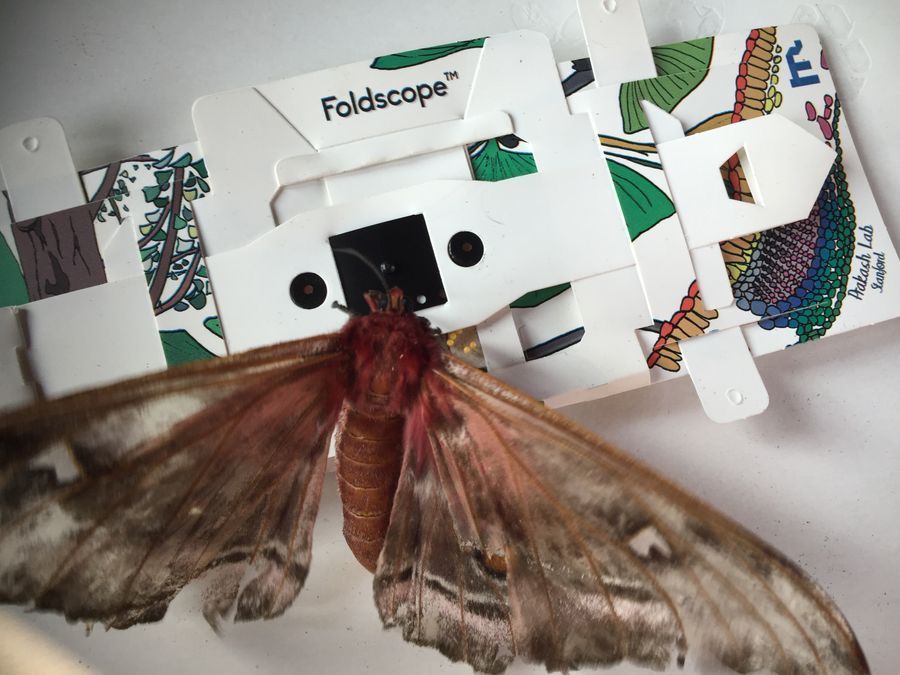
Sometimes a moth as large as a foldscope would land on the microscope. Samples abound.
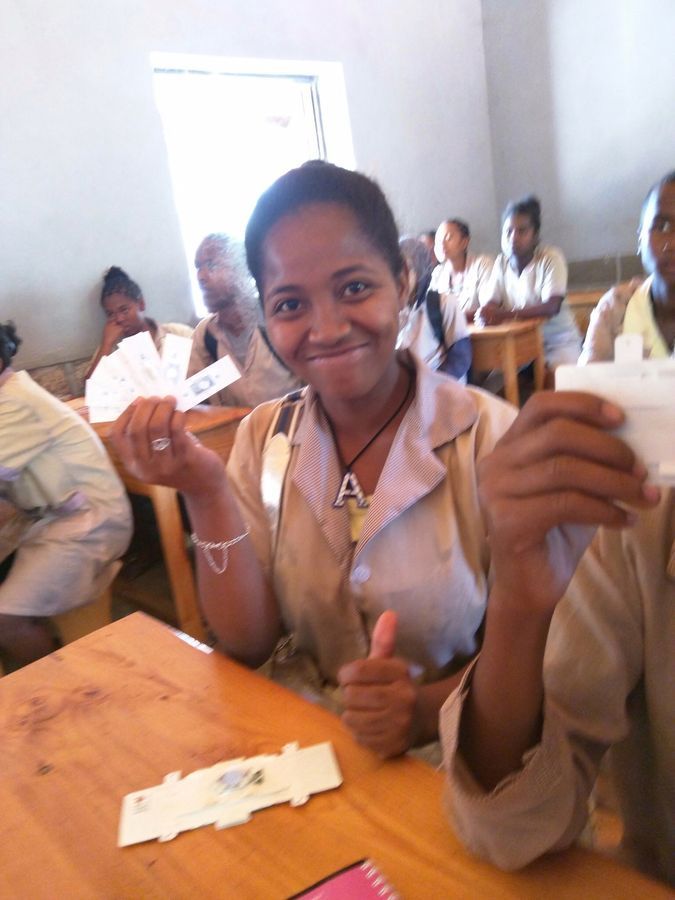
A student with most samples examined – 10 in one day. All the vegetables she could find in the market.

An incredibly detailed drawing of an insect leg. Remember – they are looking through the microscope for the first time.
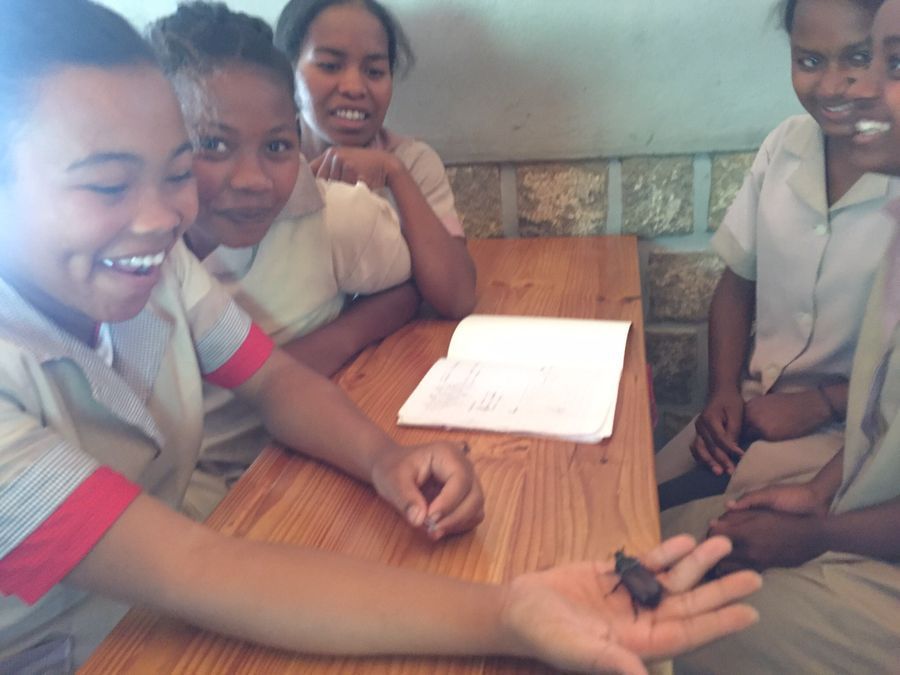
Burst of excitement for natural history. This stag beetle provided a lot of inspiration with students turning from afraid to “thrilled”.
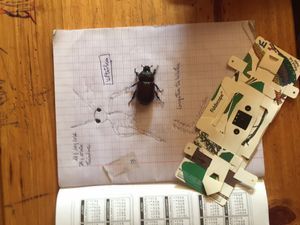


Natural history crown – a swallow tail moth makes its presence felt in the classroom. Pay close attention to its tail!!

One of the most detailed observation of a “head lice” with all the details of the body parts assigned. This to me was the single most observation with such depth and Beauty. The red is student blood being digested by the live lice!! Isn’t science great.
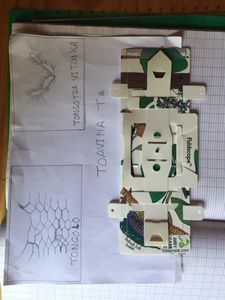


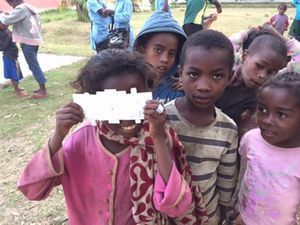




I will add more pictures to this photo essay soon.
Cheers
Manu
Cheers
Manu
Sign in to commentNobody has commented yet... Share your thoughts with the author and start the discussion!

 0 Applause
0 Applause 0 Comments
0 Comments
















